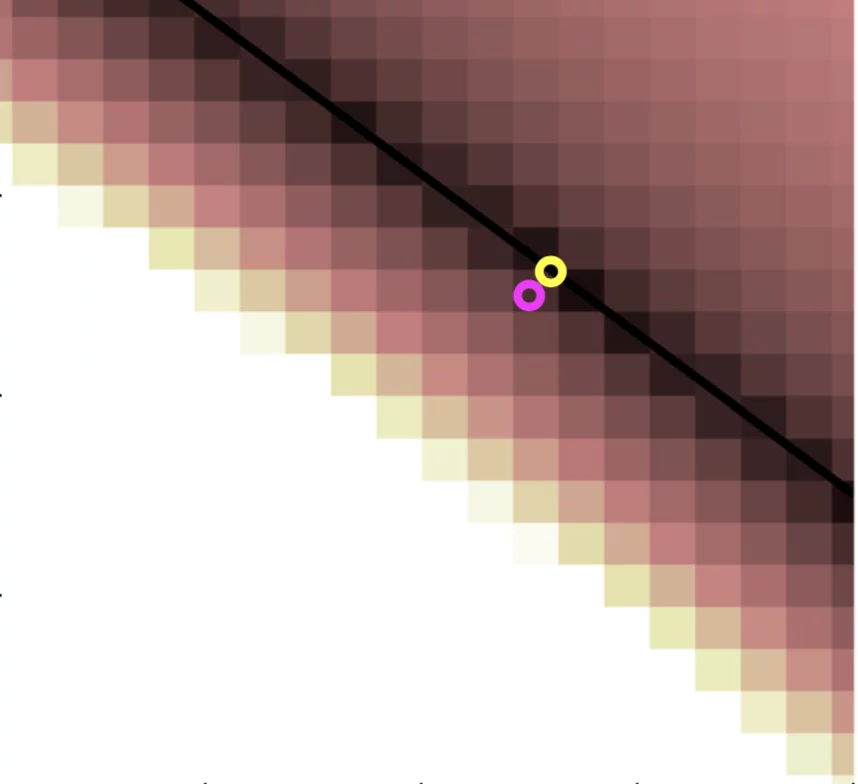The description and detection of unconventional magnetic states, such as spin liquids, is a recurring topic in condensed matter physics. While much of the efforts have traditionally been directed at geometrically frustrated antiferromagnets, recent studies reveal that systems featuring competing antiferromagnetic and ferromagnetic interactions are also promising candidate materials. We find that this competition leads to the notion of special temperatures, analogous to those of gases, at which the competing interactions balance, and the system is quasi-ideal. Although induced by weak perturbing interactions, these special temperatures are surprisingly high and constitute an accessible experimental diagnostic of eventual order or spin-liquid properties. The well characterised Hamiltonian and extended low-temperature susceptibility measurement of the canonical frustrated ferromagnet Dy2Ti2O7 enables us to formulate both a phenomenological and microscopic theory of special temperatures for magnets. Other members of this class of magnets include kapellasite Cu3Zn(OH)6Cl2 and the spinel GeCo2O4.
- About the CenterschliessenAbout the Center
- Our Research
- Facilities
- SINQ: Swiss Spallation Neutron Source
- SμS: Swiss Muon Source
- CHRISP: Swiss Research Infrastructure for Particle Physics
- Scientific Advisory Committees
- Publications
- Jobs & Education



